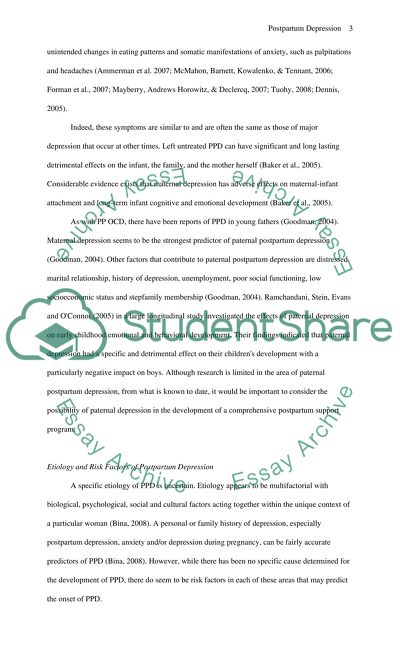Cite this document
(“Postpactum Depression in Adolescents Research Paper”, n.d.)
Retrieved from https://studentshare.org/psychology/1395325-literature-review
Retrieved from https://studentshare.org/psychology/1395325-literature-review
(Postpactum Depression in Adolescents Research Paper)
https://studentshare.org/psychology/1395325-literature-review.
https://studentshare.org/psychology/1395325-literature-review.
“Postpactum Depression in Adolescents Research Paper”, n.d. https://studentshare.org/psychology/1395325-literature-review.


